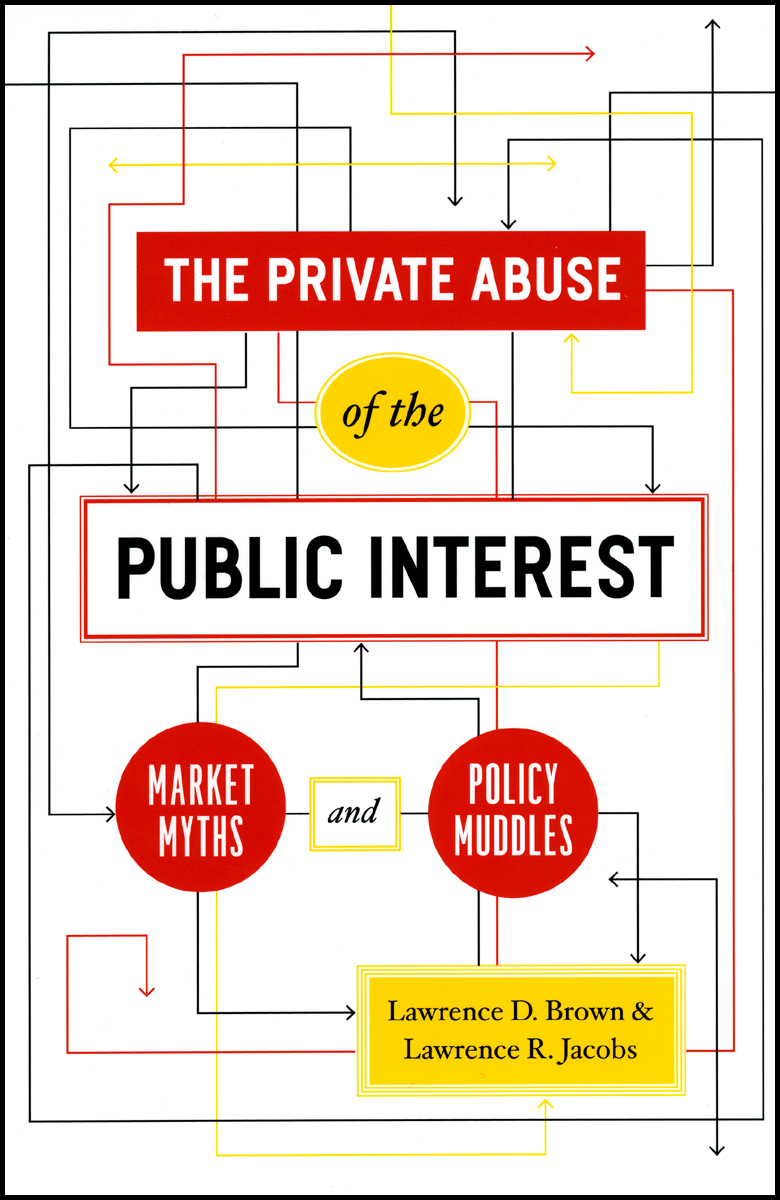So how did we get in this mess in the first place?

If you’re busy trying to figure out how to survive the market meltdown, then at some point you might also begin wondering about how, and why, it all started in the first place. In a recent article for the Washington Monthly Greg Anrig takes note of Lawrence D. Brown and Lawrence R. Jacobs timely new book, The Private Abuse of the Public Interest: Market Myths and Policy Muddles for offering an insightful answer. Anrig writes:
In the waning days of the Bush administration, as venerable Wall Street firms collapsed, credit markets froze, stocks crashed, and economic indicators deteriorated, free market, antiregulatory Republicans found themselves with no choice but to partially nationalize the banking industry. It was a Shakespearean denouement for the conservative movement. For nearly thirty years, the right had dominated political debate on the strength of the simple argument that government was the problem and free markets the solution.…
[But] as Lawrence D. Brown and Lawrence R. Jacobs demonstrate in The Private Abuse of the Public Interest: Market Myths and Policy Muddles, the era of conservative dominance has wrought a cyclical pattern: first comes the fervent advocacy of market-based policy ideas, followed by their implementation, which causes damage that can [ironically] only be fixed by extensive governmental intervention.…
Brown and Jacobs discern five phases…in the cycle. First, conservatives deem the central problem in every arena to be an insufficient reliance on markets.… Second, conservative policy experts propose a simple solution: a substitution of market forces for government.… The third step in Brown and Jacobs’s framework is legislative action to implement the ideas proposed by the market worshippers.… The fourth phase is when the seductive simplicity of free market theory meets complicated institutional reality.… The final stage is when political backlash forces policymakers to respond to the unintended consequences and failures of the market-based approaches—causing government to grow and thereby subverting the original goals of the pro-market adherents.…
With a presidential candidate openly campaigning for more rather than less regulation, as Barack Obama has just done successfully, the United States has clearly entered a new era. When the inevitable reaction pushing for a return to free markets comes back around, the lesson of this insightful book is clear: don’t go there unless you want even bigger government to clean up after the failures that are sure to follow.
Read the full article on the Washington Monthly website.